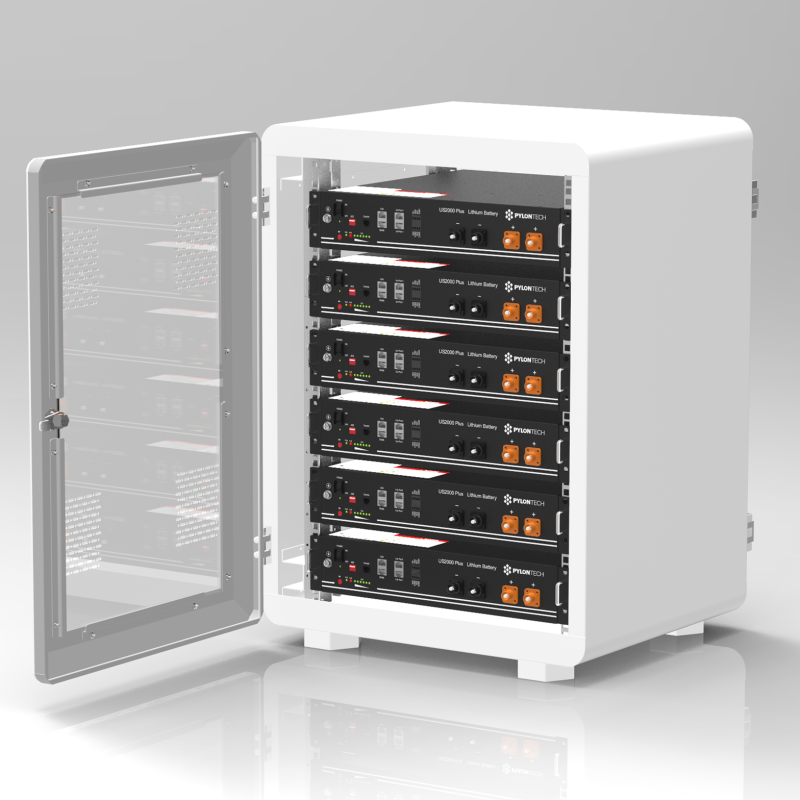Latest News
How much storage does a renewable battery generally have?
The battery is probably one of the greatest inventions of earth. Without a battery, the world would come to a standstill. In our day-to-day life, we cannot go without batteries. Talk about mobile phone, laptops, or even electric cars – the role of the battery is huge in our regular life.
Recently, the idea of renewable battery has sparked up the world and rightfully so. As we know, batteries are basically storages of energy which utilise chemical components to absorb and release energy as per our needs. One of the core intentions of fusing batteries with renewable sources of energy is to save energy when the demand is low and to release energy when the demand is high.
With the increasing advancement in technology, the demand for batteries has rapidly taken an upturn. If we can utilise renewable battery not only will it be cost-effective but also it will make us less dependent on the non-renewable form of energy.
The uses of a stackable energy storage battery
Renewable energy battery storage is used in a variety of ways, including:
- Renewable energy battery storage can contribute to the electricity grid on a national level
- Stackable energy storage battery also contributes to the e-mobility
- “Behind the meter” in residential areas, business operations, and industrial application
The advantages of renewable energy battery storage
Renewable energy battery storage like regenerative fuel cell is used for various reasons. Let’s take a look at some of these:
- Rapid power-response
- Stackable energy storage battery has a long shelf life which makes it better than other forms of energy
- Renewable energy battery storage is cost-effective than other storage forms
- Stackable energy storage battery has a long discharge time which gives it a slight advantage
Renewable energy battery storage: How much can it really store?
The very first pilot plant system to store renewable electricity was used in 1991, which was basically a hydrogen-based storage system. It was done through electrolysis. This plant had the ability to use electric power from a 266-kilowatt peak voltaic panel.
By 2023, the average capacity of renewable energy at US facilities will be 75 megawatt which is a huge rise from the previous capacity (34 megawatts). At the same time, renewable energy battery storage will reach 36 megawatt which is a significant rise from 5 megawatts.
There is also a project in the US where 40 MW renewable energy battery storage showcased that it is possible to decrease approximately 400 congestion hours when it comes to the power grid.
Stackable energy storage battery like Pylontech US2000 can be connected together to build much larger systems which are suitable for domestic and commercial applications.
Takeaway
So, it can be seen that renewable energy battery storage has created new opportunities which could be beneficial for our future world. With the gradual increase in gadgets, it is safe to say that we will depend more on the stackable energy storage battery.
As a result, the load on the non-renewable form of energy will be significantly lessened which is, of course, the core intention of renewable battery storage in the first place.
To find out more about energy storage systems trade prices or full quotes for installed systems please contact Energy Monkey Ltd on 01452 699300 or send us a message


